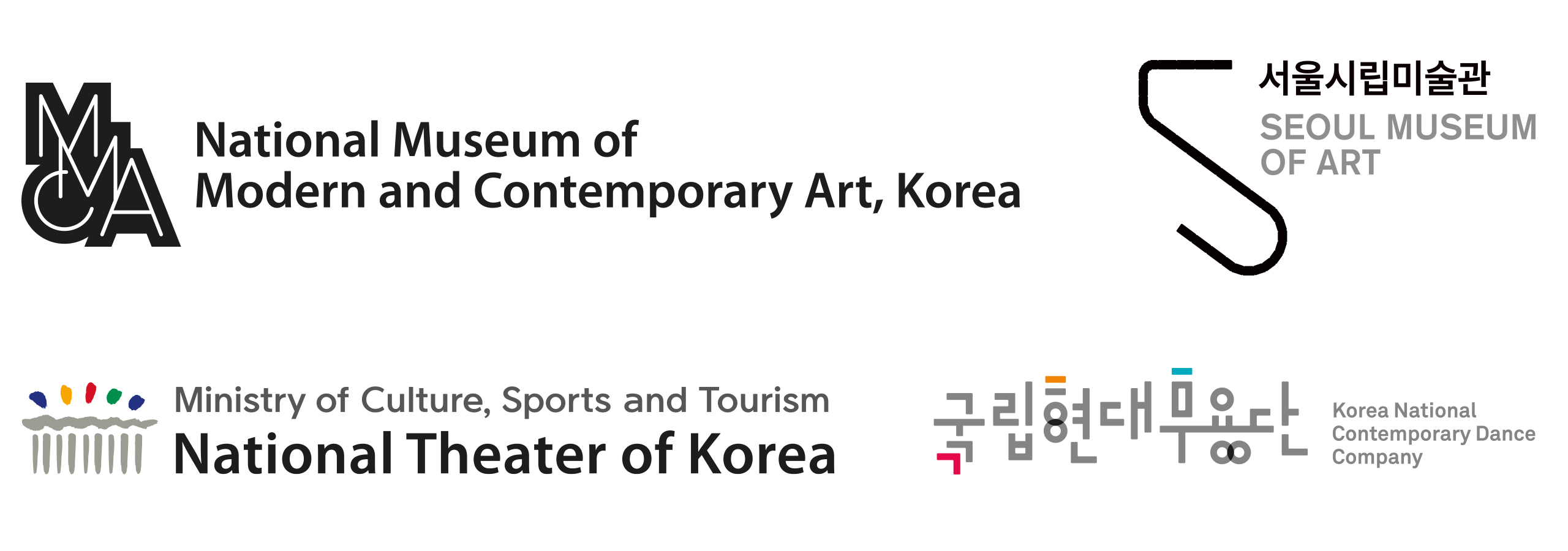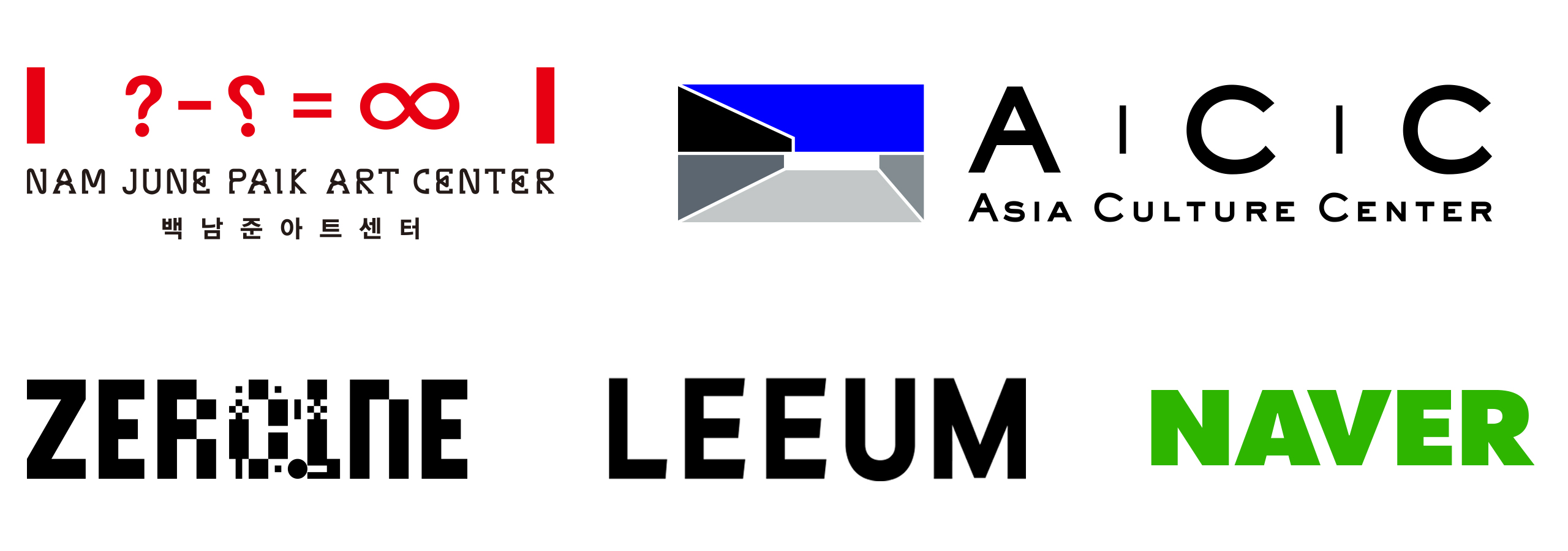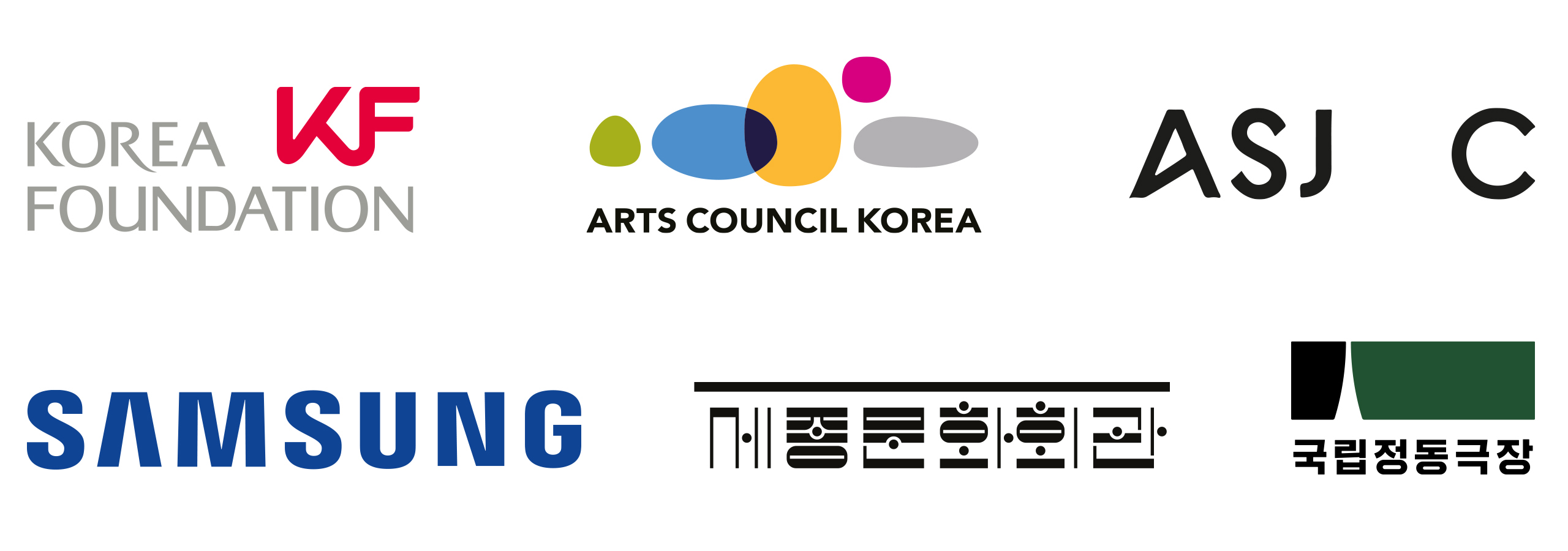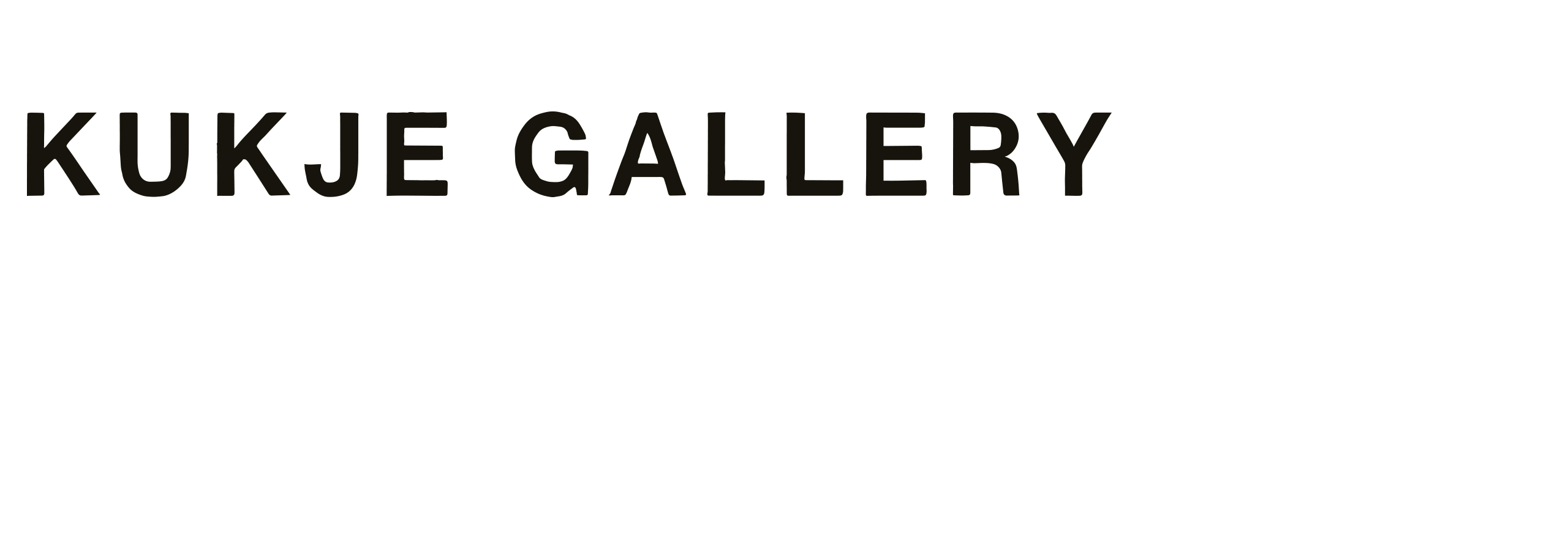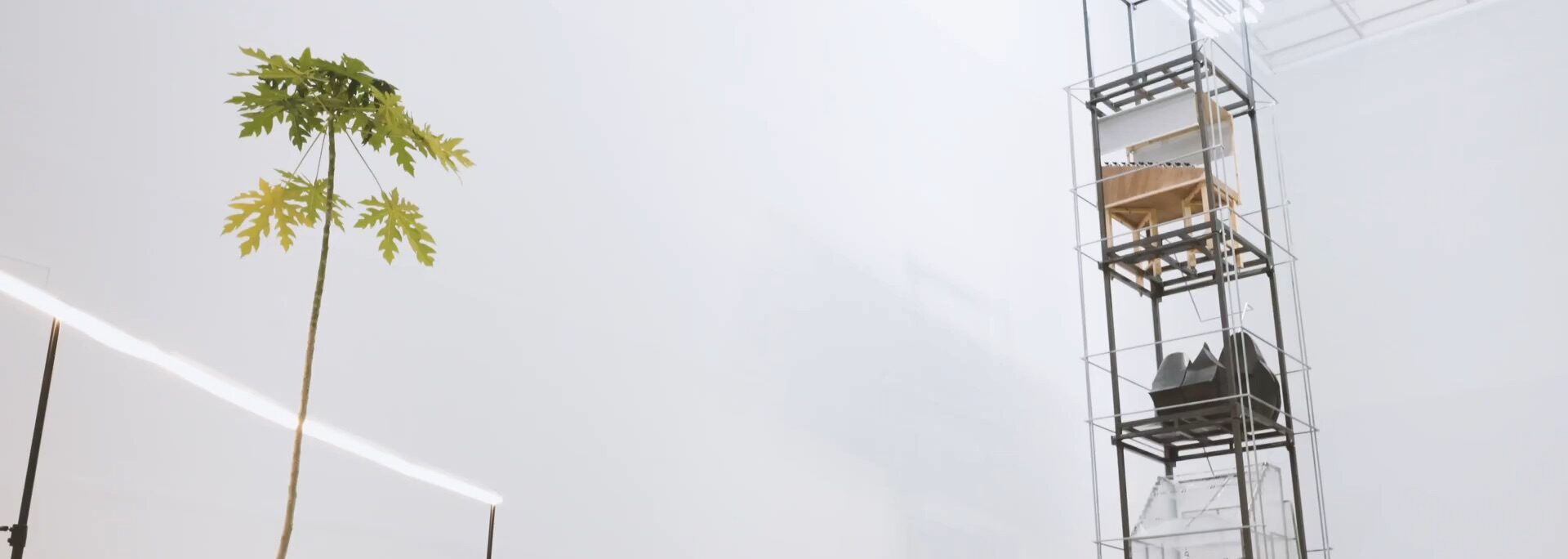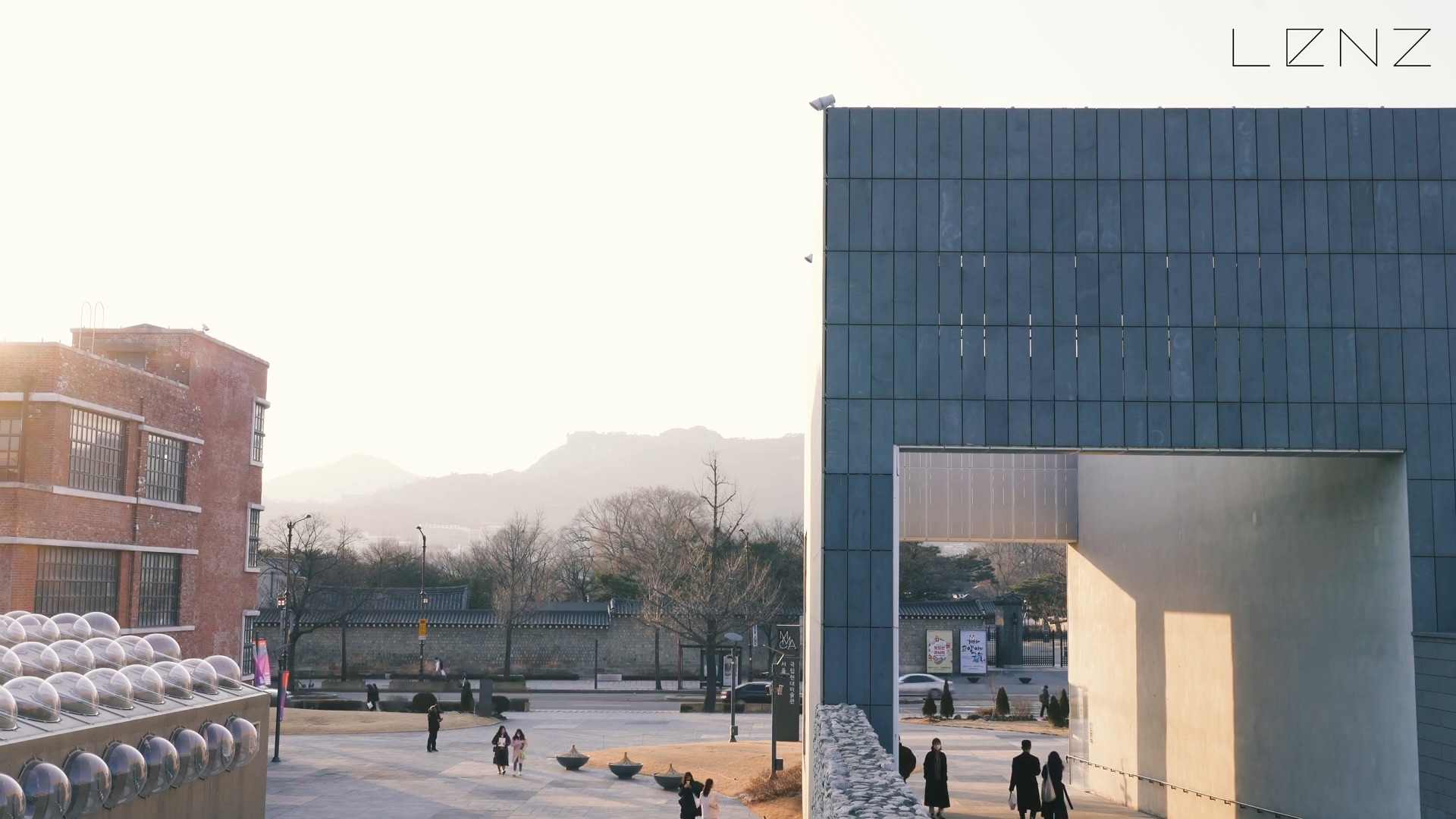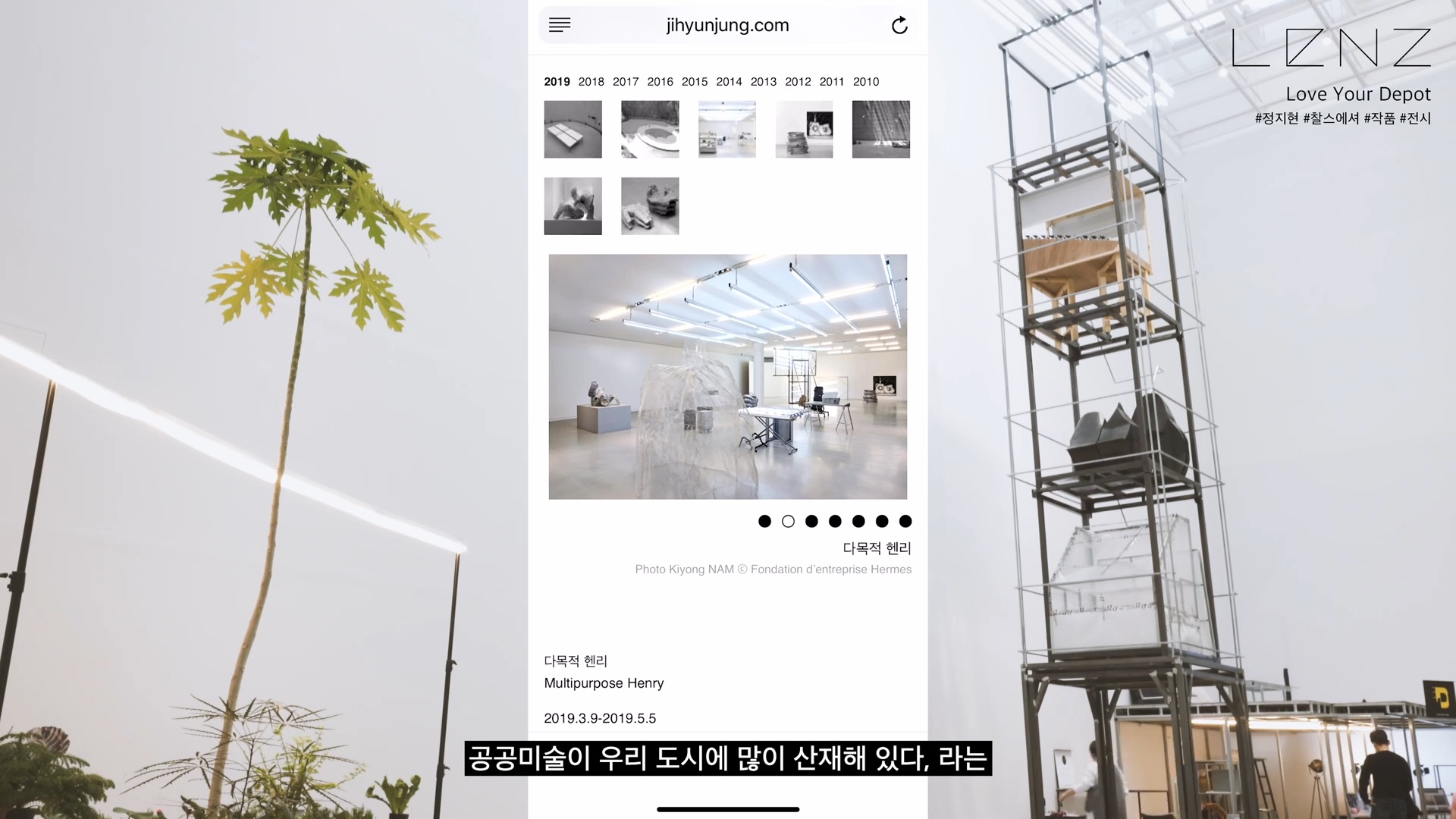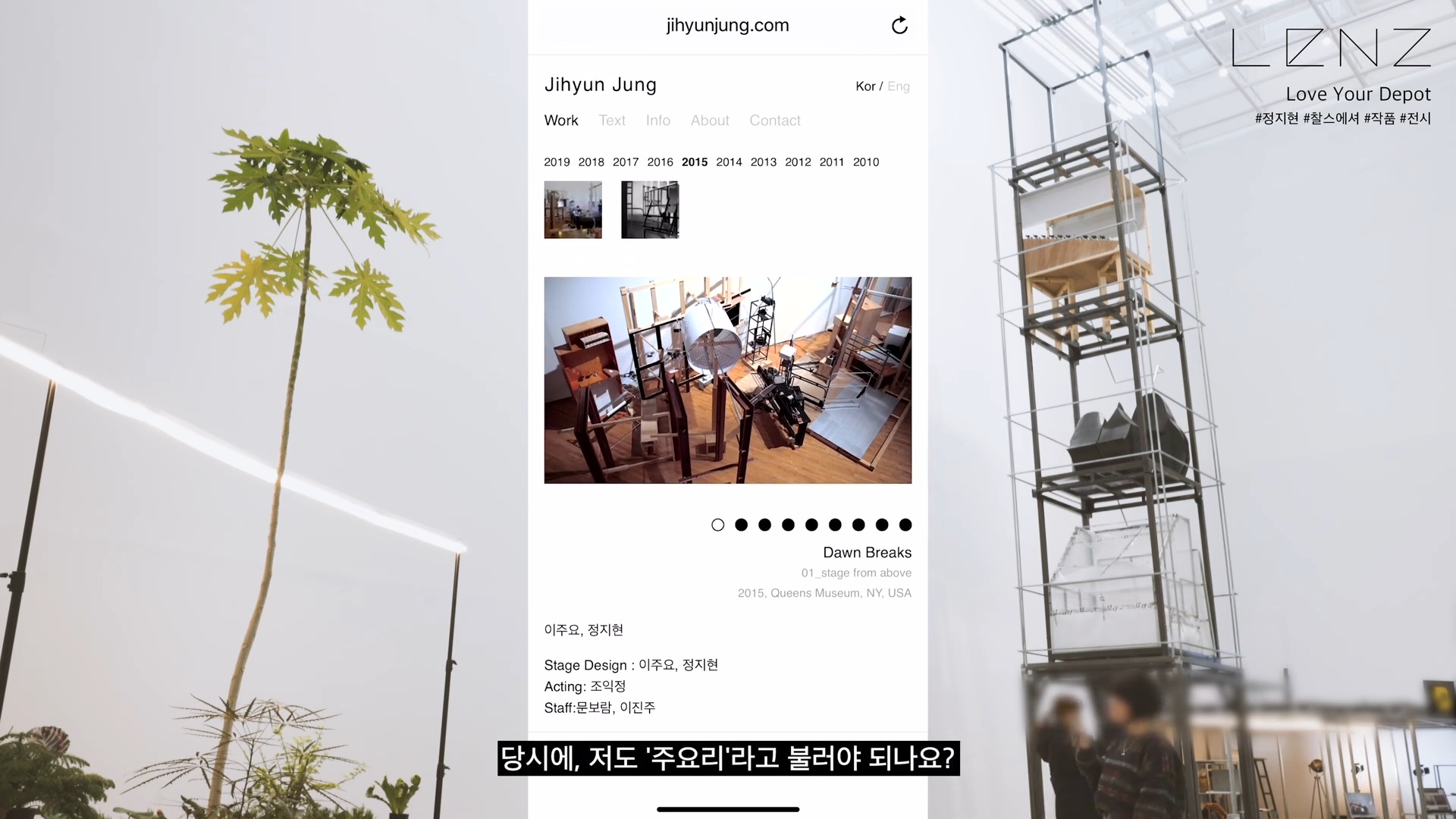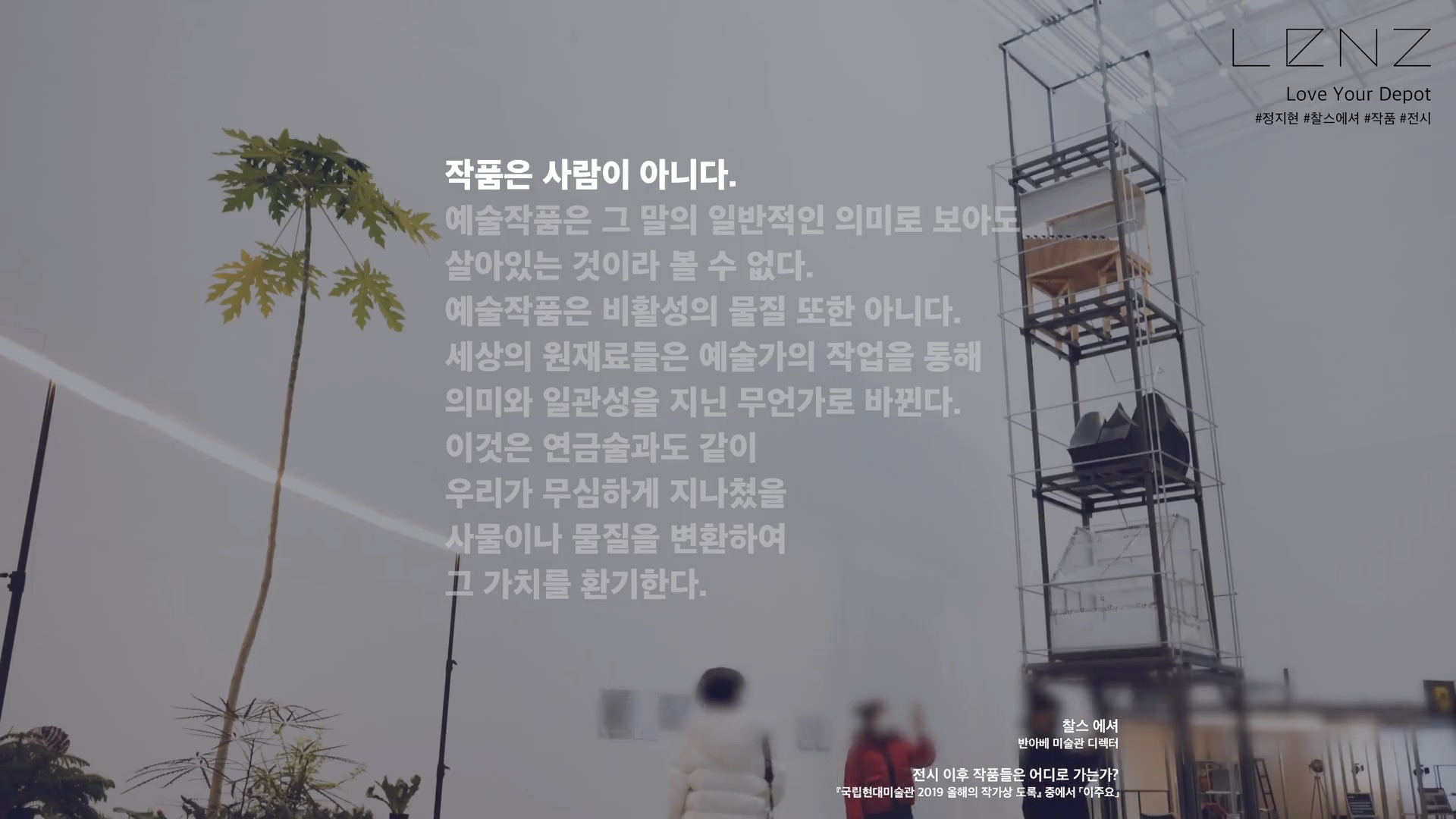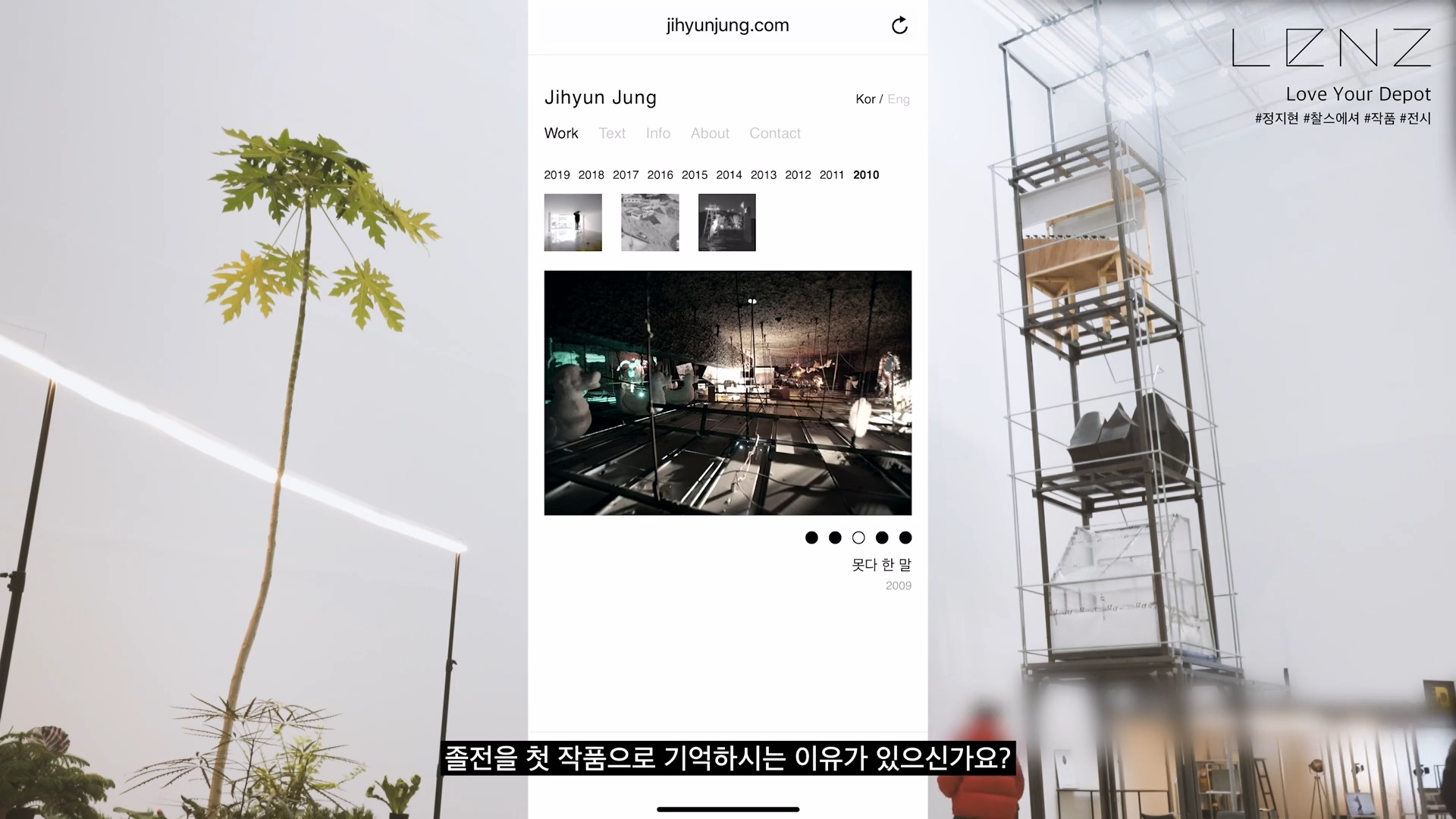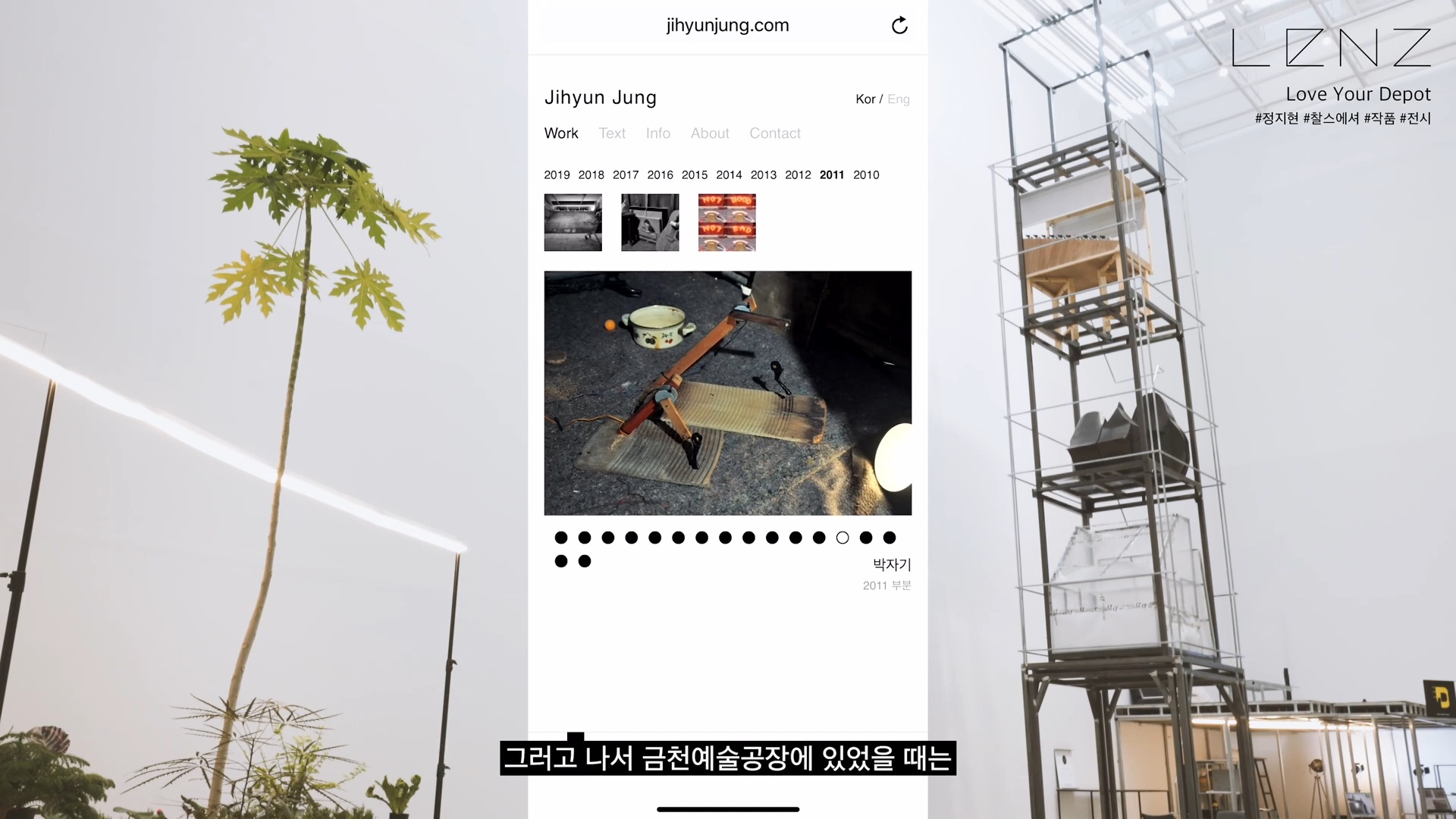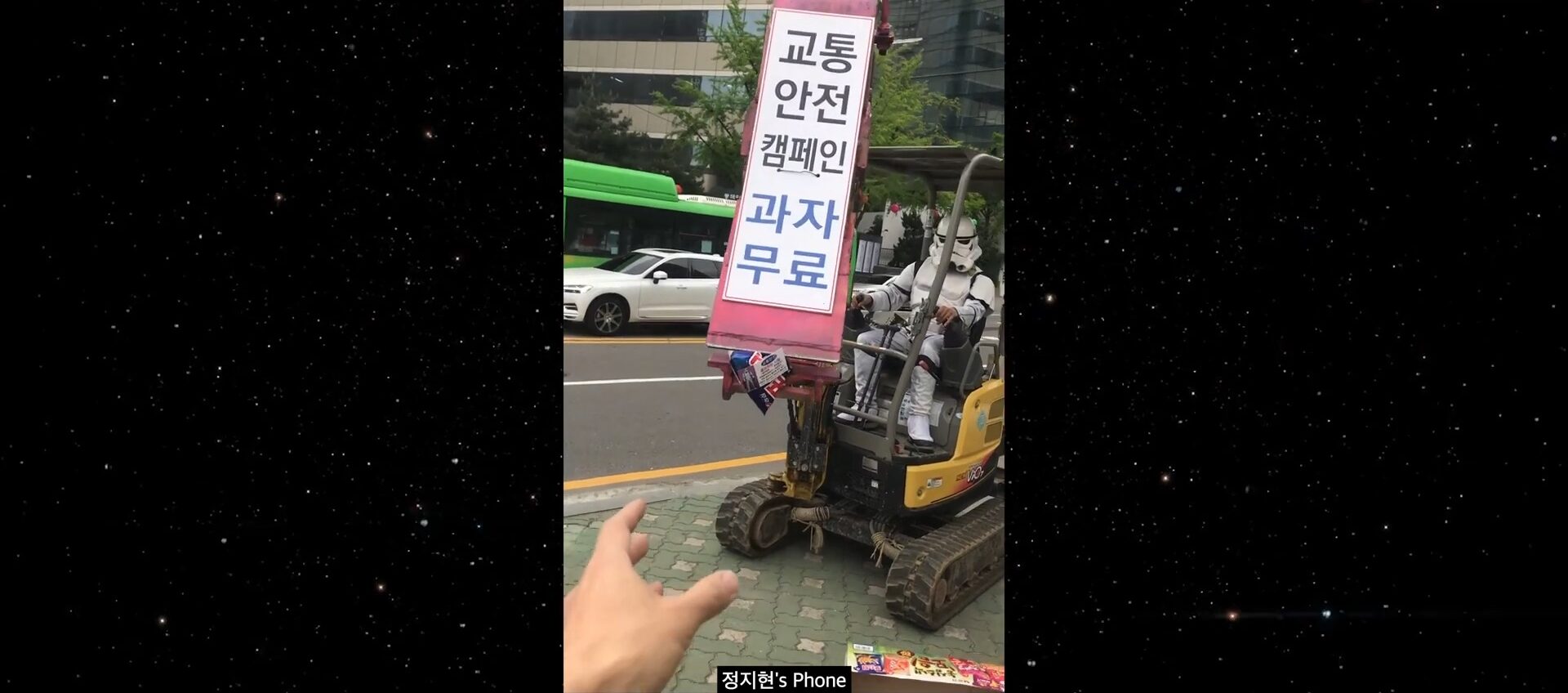작업 소개
57STUDIO는 2019년 서울문화재단 최초예술지원사업에 선정되어 자체 기획한 LENZ Magazine Project를 진행하였습니다. LENZ는 텍스트를 청각과 시각으로 확장하여 새로운 해석과 감각적 접근을 제안하는 Audio Visual Magazine입니다.
이 프로젝트는 텍스트를 선정하고 이를 다양한 방식으로 해석하며, 텍스트에서 시작되는 텍스처(Text-ure)를 탐구하는 과정으로 이루어졌습니다.
두 번째 텍스처는 SBS문화재단과 국립현대미술관이 공동 운영하는 <올해의 작가상>에서 2019 올해의 작가로 선정된 이주요 작가의 프로젝트 LOVE YOUR DEPOT 입니다.
이주요 작가는 전시장에 거대한 창고를 세우며, “전시 이후 작품들은 어디로 가는가?” 라는 질문을 던집니다.이에 대해 참여 작가들과 LOVE YOUR DEPOT 멤버들, 그리고 이주요 작가가 함께 대화를 나눕니다.
첫 번째 에피소드는 전시장 곳곳에 빛과 중앙의 탑 프레임을 쌓아올린 정지현 작가와 이야기를 나눕니다. 그가 남긴 손길과 작업 과정, 그리고 이주요 작가와의 인연을 이야기하며, 전시가 끝난 후 작품이 어떤 방식으로 존재하고 보존되며, 그 가치는 어떻게 이어지는지에 대해 함께 고민해봅니다.
57STUDIO was selected for the 2019 Seoul Foundation for Arts and Culture’s First Arts Support Project and carried out the LENZ Magazine Project. LENZ is an Audio-Visual Magazine that expands text into auditory and visual forms, proposing new interpretations and sensory approaches.
This project involved selecting texts and interpreting them in various ways, exploring the texture that emerges from these texts.
The second texture comes from LOVE YOUR DEPOT, a project by artist Jewyo Rhii, who was selected as the 2019 Artist of the Year by the SBS Cultural Foundation and the National Museum of Modern and Contemporary Art.
Jewyo Rhii constructs a massive warehouse in the exhibition space, posing the question: “After the show, where do the works go?” A conversation unfolds among participating artists, members of LOVE YOUR DEPOT, and Jewyo Rhii about this question.
The first episode features a conversation with Jeong Ji-hyun, the artist who created the light installations and built the central tower frame throughout the exhibition space. He discusses the process and touches left behind in his work, as well as his connection with artist Jewyo Rhii. Together, they reflect on how the artwork exists, is preserved, and how its value continues after the exhibition has ended.


